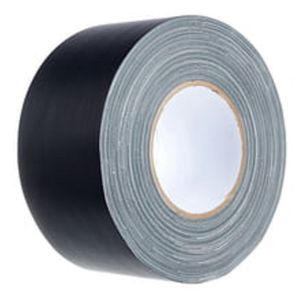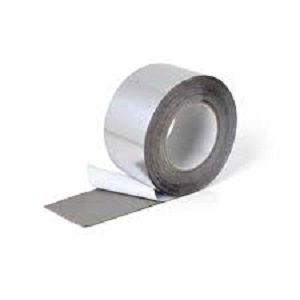
- Industrial machines and equipment
- Welding and Assembly
- Double-sided adhesive tape
- Distribuciones Julmarsa S.L.
- Products
- Catalogs
- News & Trends
- Exhibitions
Heat-activated adhesive tape double-sidedtransferfastening

Add to favorites
Compare this product
Characteristics
- Type
- double-sided, transfer, fastening
- Other characteristics
- UV-resistant, reinforced, high temperature-resistant, heat-activated, high-temperature, chemical-resistant
- Applications
- industrial, for electrical applications
- Operating temperature
250 °C
(482 °F)
Description
Available tapes:
Heat activated double-sided transfer tape provides high bond strength(considered structural in many applications) to metals, wood, PE, PP, EPDM, plastics, paper, ceramics and woven materials when heat activated.
Excellent resistance to solvents, plasticizers and heat when cured.
Recommended for splicing applications when high mechanical and temperature resistance are required(up to 200ºC).
Single sided paper tape reinforced by a glass scrim coated with a specialty pressure sensitive adhesive.
Heat activated.
Butt splicing of various materials when high mechanical and temperature resistance are required(up to 250ºC).
Applications for PVC flooring manufacturing.
Complete portfolio of heat activated films for bonding of micro-modules onto plastic cards in the smart-cards industry for the following typical applications: Telecom, banking, pay TV, healthcare, driving license, identity, transports, etc.
Compatible with glass epoxy, polyimide and polyester films (FCOS®) and all typical card bodies of the market like PVC, ABS, PVC/ABS Blend, PC, PET-G, PET-F, PLA and biodegradable materials.
Adhesives available: phenolic resins and co-polyamide.
Meet ISO 7810 requirements.
Comply with EU directive 2011/65/EC (ROHS recast)
Catalogs
No catalogs are available for this product.
See all of Distribuciones Julmarsa S.L.‘s catalogsOther Distribuciones Julmarsa S.L. products
Other products
Related Searches
- Adhesive tape
- Double-sided adhesive tape
- Industrial adhesive tape
- Rubber adhesive tape
- Acrylic adhesive tape
- Sealing adhesive tape
- Insulating adhesive tape
- Plastic tape
- Adhesive tape for electrical applications
- Transparent adhesive tape
- PVC adhesive tape
- Metal adhesive tape
- Water-resistant adhesive tape
- Polyethylene adhesive tape
- Air conditioning adhesive tape
- Adhesive tape for automotive applications
- Aluminum adhesive tape
- Foam adhesive tape
- Permanent adhesive tape
- Polyester adhesive tape
*Prices are pre-tax. They exclude delivery charges and customs duties and do not include additional charges for installation or activation options. Prices are indicative only and may vary by country, with changes to the cost of raw materials and exchange rates.





























